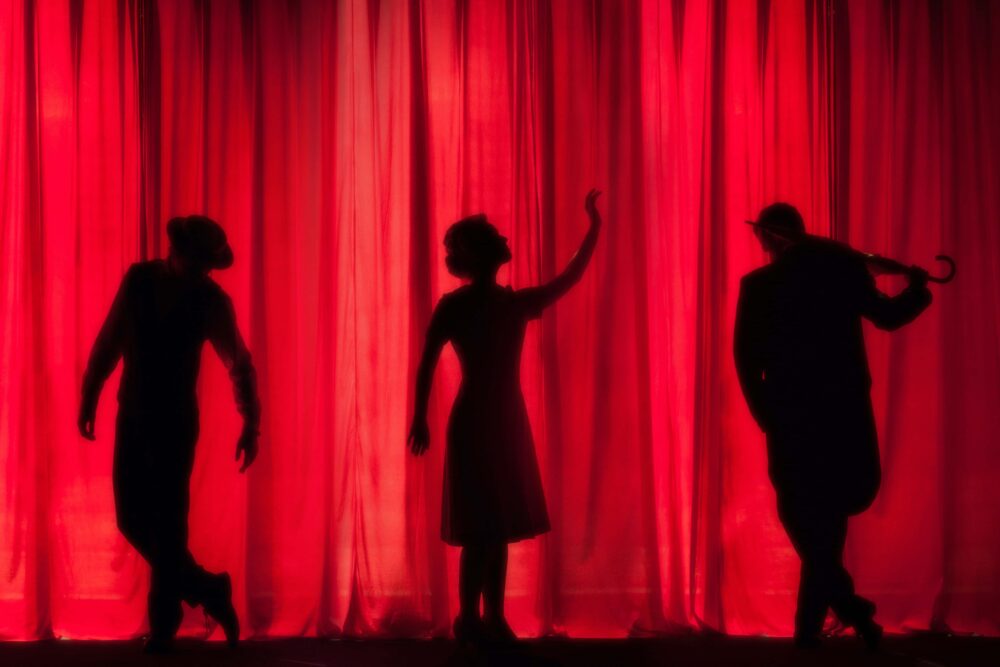
US theater revenues
Culture is a commercial business
US theaters are mostly commercial enterprises that are not subsidized by the state, but work on self-sufficiency. Almost all American theaters cope without government support, since they have all the conditions for their life. The field of culture itself has a completely private autonomous sphere of activity. In the United States, there are no state theaters at all, as well as the media, museums, and publishing houses.
There are more than 100,000 cultural and arts organizations in the United States with a combined annual income of over $ 120 billion. Of the $ 30 billion nonprofit budget for American culture, only 10% comes from federal, state, or local government support. At the same time, these funds are transferred to private special funds, such as the National Cultural Foundation. It is believed that the distribution of funds should be dealt with by specialists in the field of art, and not by officials. The rest of the resources consists of charitable private donations and proceeds from the sale of tickets and services. In the United States, for almost a hundred years now, a law has been in effect that automatically excludes from taxation those funds that were directed to culture. Therefore, in America there are enough patrons of art who are ready to support culture.

Broadway – theatrical center of the USA
There are over 3,000 theaters in America. But the most famous theaters are located in the Broadway downtown area of New York. There are few theaters on the street itself, most in side streets running from Broadway. There are approximately 40 large theaters in the Broadway Theater District. Today’s Broadway symbolizes American theater culture. Theater Broadway generates more than $ 5 billion in both direct and indirect revenues for the city each year. A significant amount of income is generated by the production of musicals. The statistics are such that, on average, out of four performances, only one pays off the costs and makes a profit. The average budget for a musical is 15-25 million dollars, fees for one evening are about 150-250 thousand dollars with ticket prices from 100 to 200 dollars. Few theaters can meet such a cost bar, so a significant part of theaters is supervised by theatrical mega-holdings with huge financial resources. Among the performances there are also such musicals that are successfully held in theaters and bring huge profits. For example, The Phantom of the Opera has been on the stage of the theater since 1984, and has already brought its owners more than $ 3.5 billion, ahead of the world-famous Titanic in gross.
Alternative to Broadway

Dramatic productions are mostly concentrated off-Broadway, offering audiences generally good non-commercial art at reasonable ticket prices. Very often, famous Hollywood actors such as Alec Baldwin, Christopher Plummer and a number of other actors are invited to such productions in order to attract the audience.
It is also characteristic of American theaters that there are no permanent actors in theaters. Neither directors, nor actors, nor artists receive a permanent salary in the Russian sense. For each specific project, a new cast of performers is invited to participate in the production. At the end of the contract, no one bothers who and what will do. At times, many actors work part-time as sellers or waiters. The number of unemployed theatergoers in New York is the highest in America. At the same time, all this creates such a competitive environment that only the most talented and energetic members of the theatrical caste survive. The requirements for the actors are pretty tough. At the auditions, actors are chosen who have many talents in addition to acting – you need to be able to do somersaults, immediately sing an aria professionally, dance a step, play a piece from a production, and everything should be bright and talented. It is here that the standards of performing skills and direction are high.
Record season
Theater season 2011-2012 Broadway, despite many of the country’s economic difficulties, set a record with revenues of $ 1.14 billion. Broadway theaters did not have such high box office receipts. True, the reason for the increase in income is the increase in the prices of admission tickets. At the same time, experts note a decrease in the number of viewers to 12, 53 million people, which is about 200 thousand less than last season. It should also be noted that approximately 70% of the spectators are visitors, mainly tourists, and every fifth spectator is a foreigner. Of the three spectators, two are of the fairer sex. The most popular musicals continue to be, among them the highest attendance was at “Mama Mia”, its income amounted to 934 million dollars. The musical “Spider-Man: Turn Off the Darkness” also attracted no less viewers, with revenues of about $ 186 million. These two musicals alone attracted more than 75% of the audience, which is approximately 10 million people.